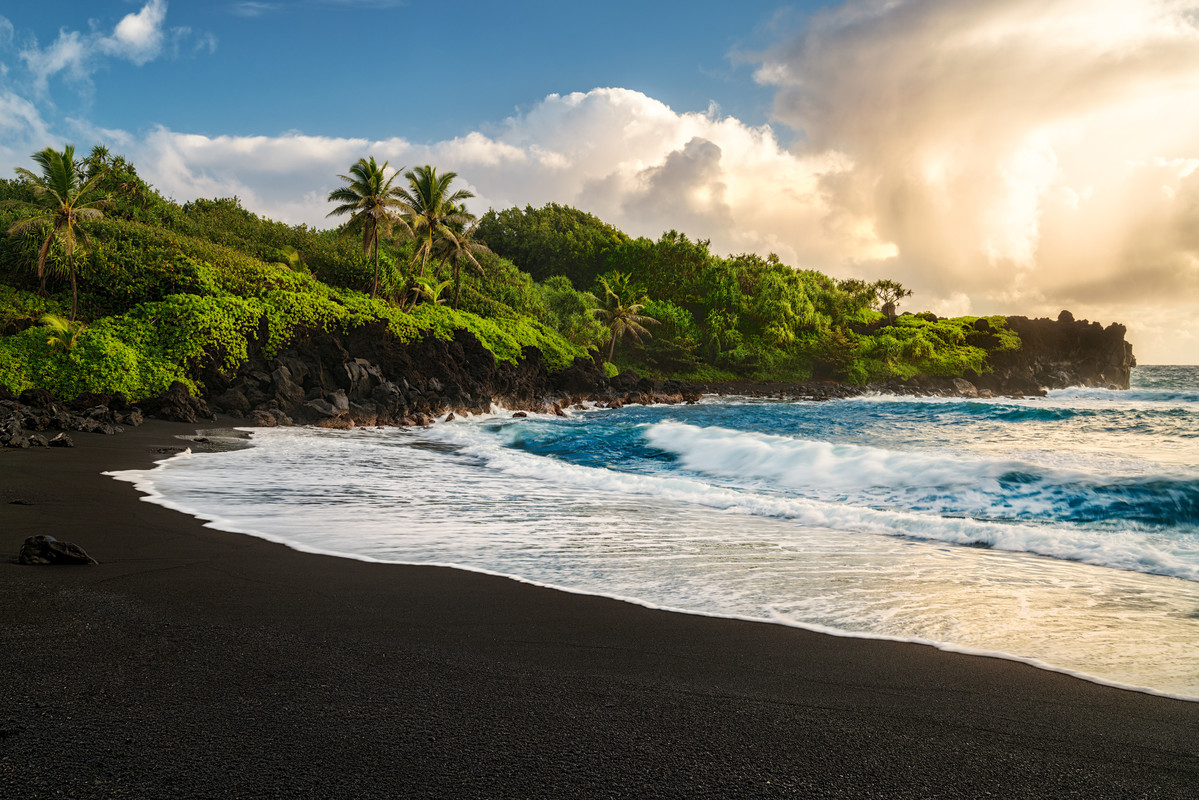Travel Corridors – What You Need to Know
Travel Corridors and bubbles have been the catch phrase of 2020, but where to? And where to that doesn’t require a mandatory 14-day quarantine due to COVID-19?
As the Northern Hemisphere enters the beautiful hues of red, orange and yellow and the Southern Hemisphere steps into spring and gears up for summer, after being grounded for so long and some countries only coming out of lockdown now, many of us are itching to explore outside our own perimeter. So what’s permitted?
UK Travel Corridors
Well if you’re English, you’re one of the lucky ones! The UK government has worked on making the travel corridor possible to more than 60 countries. The rules vary in Scotland, Wales and Northern Ireland. All arrivals will also need to provide contact details on arriving home via plane, train or ship.
Countries that are deemed ‘low risk’ that you can visit without having to self-isolate for 14-days include:
Antigua and Barbuda, Australia, Barbados, Bermuda, British Indian Ocean Territory, British Virgin Island, Brunei, Cayman Islands, The Channel Islands, Cyprus, Denmark, British Antarctic Territory, Estonia, Dominica, Falkland Islands, Finland, Germany, Greece (excluding the islands of Lesvos, Tinos, Serifos, Mykonos, Santorini, Crete and Zante), Greenland, Hong Kong, Iceland, Ireland, Italy, Japan, Malaysia, Mauritius, New Zealand, Norway, Poland, Slovakia, Sweden, Thailand, Turkey, Vatican City State and more.
Although Australia and New Zealand are on the list, there are still a few countries not accepting international travelers, so check your destination carefully before booking.
You can check the UK government website for the latest on UK travel corridors or refer to our recent post on the most up-to-date travel restrictions.
Australia & the Trans-Tasman Bubble
In Australia, state borders are starting to lift to allow for interstate travel. At this stage, however, it’s likely inbound travellers will still have to quarantine for 14-days until July 2021, including Australian citizens. As for the Trans-Tasman bubble to New Zealand, hopefully this happens soon once Australia aligns the opening of all its domestic borders to allow for seamless travel between states.
North America Travel Update
In North America, the border between the United States and Canada is closed until the end of October and potentially until early 2021 though Canadians can still fly to the US – as long as they haven’t travelled to Brazil, China, Iran, Ireland, the UK or countries in the Schengen Area for 14 days prior – the restrictions exist for land travel primarily. Province-to-province travel is permitted in between most Canadian provinces like British Columbia, Ontario and Quebec and in the US, some states are re-opening and allowing for interstate travel. As of September 2020, Canadians can also travel to many countries in Europe including Spain, France, Portugal and Greece along with select countries in the Caribbean. In early August, the US State Department lifted its ‘Level 4’ warning against any international travel. For Americans, Canada and most of Europe, Asia and Oceania are largely inaccessible for travel but as of September 22, 2020, some countries have started welcoming US travelers if they adhere to specific public health guidelines. Countries that have loosened in-bound travel restrictions with enforced protocols include: Brazil, Cambodia, Colombia, Costa Rica, Croatia, Ecuador, Egypt, Ireland, Kenya, Malta, Montenegro, Morocco, Namibia, Rwanda, Tanzania, Turkey, the UK and Serbia.
And currently, New York and the UK are looking into a travel corridor as Virgin Atlantic COO Corneel Koster states, “the opening of the US borders and removal of quarantine is imperative to recovery”.
For easy-to-access info on travel corridors and coronavirus travel restrictions, visit any of these links: Trafalgar; Uniworld Boutique River Cruises; Insight Vacations; Contiki.











